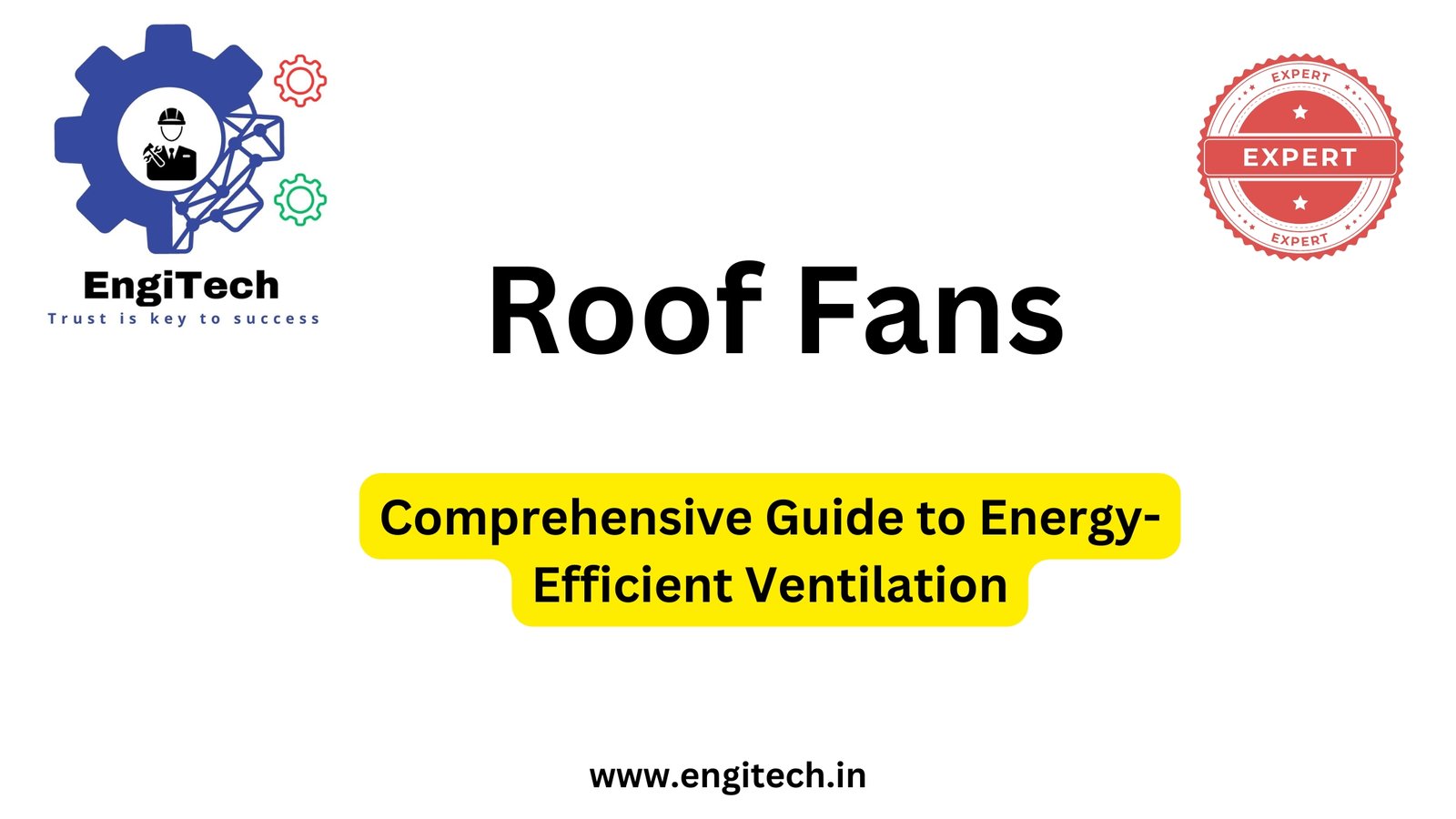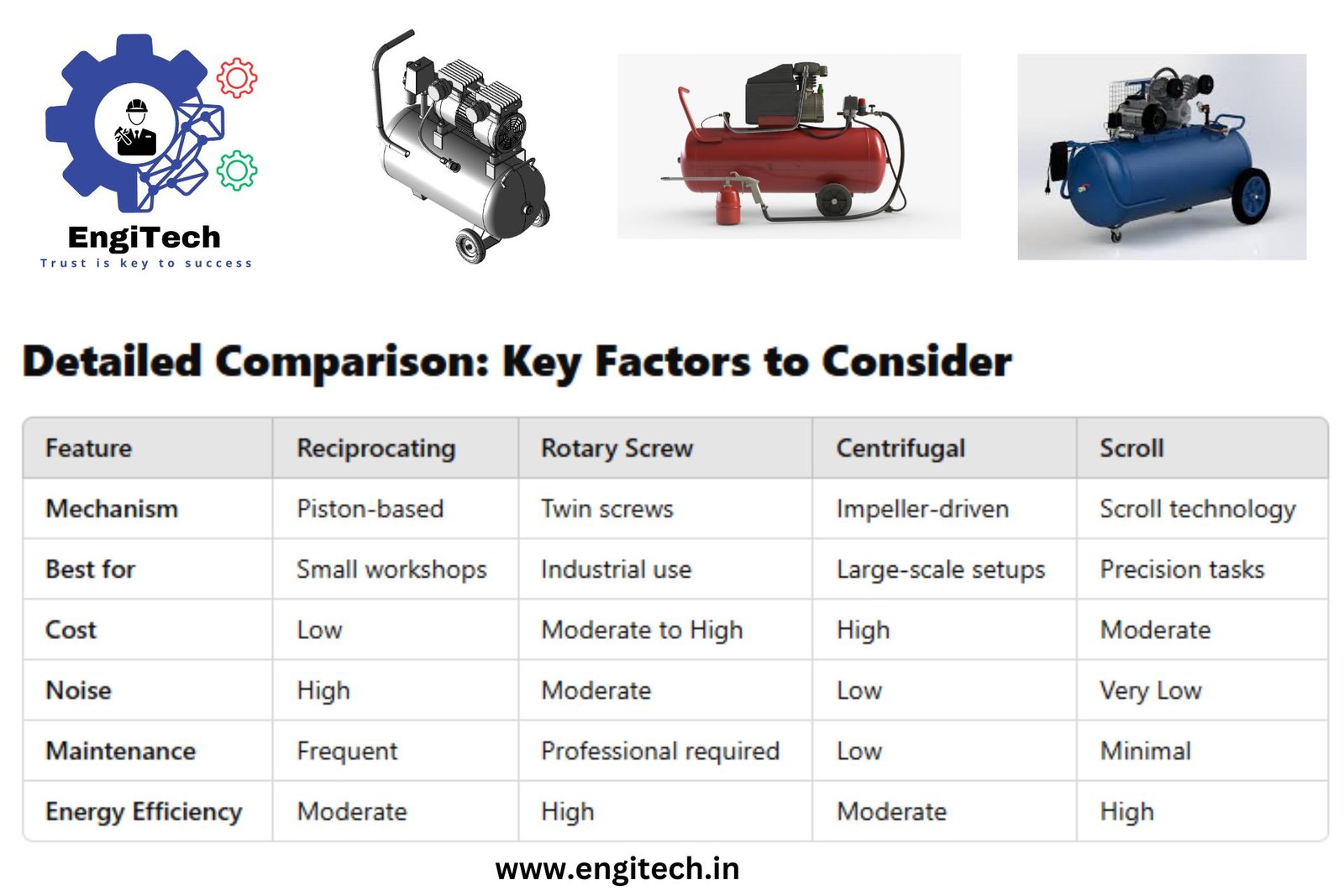Inline Fans: Comprehensive Guide to Understanding, Choosing, and Using Inline Exhaust Fans

Inline fans play a crucial role in ventilation systems, providing efficient airflow for residential, commercial, and industrial applications. Whether it’s for enhancing air quality, eliminating excess moisture, or expelling unwanted odors, inline fans are an essential component for maintaining a healthy environment. In this detailed guide, we’ll dive deep into the world of inline fans, covering everything from their types and functions to practical tips on selecting the right fan for your needs.
By the end of this blog post, you’ll have a thorough understanding of inline fans, inline exhaust fans, inline duct fans, and inline vent fans, helping you make informed decisions for your next project.
Table of Contents
What Are Inline Fans?
Inline fans, also known as inline duct fans or inline exhaust fans, are specialized ventilation devices that are installed within ductwork to provide efficient airflow in buildings. Unlike traditional fans, which are mounted on walls or ceilings, inline fans are positioned in between ducts, allowing them to control air movement discreetly without occupying valuable indoor space.
These fans can either push or pull air through the duct, making them perfect for applications requiring quiet, out-of-sight ventilation. They’re commonly used in HVAC systems, bathrooms, kitchens, and large industrial areas that need continuous airflow.
How Do Inline Fans Work?
Inline fans are powered by an electric motor that drives a fan blade or impeller. As the motor rotates, it moves air through the duct system, either drawing fresh air in or expelling stale air. This ensures a continuous flow of air, which is vital for maintaining indoor air quality.
Why Are Inline Fans Important?
Good ventilation is crucial for maintaining healthy air quality in homes and workplaces. Poor ventilation can lead to a build-up of pollutants, mold growth, and increased humidity, which can cause damage to both your building and your health. Inline exhaust fans offer an effective way to maintain air quality by ensuring that stale air is removed and replaced with fresh air.
Here are some reasons why inline fans are essential:
- Energy Efficiency: Inline fans use less energy compared to other ventilation systems, making them a cost-effective solution.
- Silent Operation: These fans are known for their quiet operation, which makes them ideal for noise-sensitive environments like offices or bedrooms.
- Compact Design: Since inline fans are installed within ducts, they don’t take up space in the room, preserving aesthetic appeal.
- Improved Air Quality: They help remove contaminants, prevent mold growth, and balance humidity levels, ensuring a healthier living and working environment.
Types of Inline Fans
Inline fans come in various types, each designed for different applications. Understanding the differences will help you choose the best inline fan for your specific needs.
a) Axial Inline Fans
Axial inline fans are designed to move air in a straight line, which makes them perfect for short duct runs. They are commonly used in situations where large volumes of air need to be moved with low resistance.
b) Centrifugal Inline Fans
Centrifugal fans, on the other hand, use a spinning wheel to pull air into the fan and expel it at a 90-degree angle. These fans are best for long duct runs and situations where higher pressure is required.
c) Mixed Flow Inline Fans
Mixed flow fans combine features of both axial and centrifugal fans. They offer a good balance of high airflow and pressure capabilities, making them versatile for a wide range of applications.
d) Inline Exhaust Fans
These fans are specifically designed for removing stale or contaminated air from a space. They’re most commonly used in bathrooms, kitchens, and industrial environments where exhaust systems are critical.
e) Inline Vent Fans
Inline vent fans are used to bring fresh air into a building. They’re ideal for applications where fresh air circulation is needed, such as in attics, basements, or enclosed office spaces.
Applications of Inline Fans
Inline duct fans are versatile and can be used in various settings. Here are some of the most common applications:
Residential:
- Bathrooms: To remove humidity and prevent mold growth.
- Kitchens: For extracting smoke, odors, and excess moisture.
- Attics & Basements: Ensuring proper ventilation in areas that are prone to moisture build-up.
Commercial:
- Offices: Providing fresh air circulation in enclosed spaces.
- Retail Spaces: Maintaining a comfortable environment for customers and employees.
Industrial:
- Warehouses: Ventilating large spaces with high ceilings.
- Factories: Removing fumes, dust, and contaminants from workspaces.
Key Features to Consider When Buying an Inline Fan
When selecting the best inline exhaust fan, it’s essential to consider the following factors:
a) Airflow Capacity (CFM)
The capacity of the fan to move air is measured in cubic feet per minute (CFM). The higher the CFM, the more air the fan can move, which is critical for larger spaces.
b) Duct Size Compatibility
Ensure that the inline fan is compatible with your ductwork size. Most fans are designed for specific duct diameters, so it’s important to match the fan to your existing ductwork.
c) Noise Level
While most inline fans are known for their quiet operation, noise levels can vary. Always check the decibel (dB) rating of a fan to ensure it meets your noise preferences, especially for residential applications.
d) Energy Efficiency
Choosing an energy-efficient fan will help reduce long-term operating costs, making it a more environmentally friendly option.
e) Material and Durability
Look for inline fans made from high-quality materials that can withstand continuous operation, especially in harsh environments like kitchens or industrial settings.
f) Motor Type
Inline fans with high-quality motors will provide better performance and longevity. Brushless motors, for example, are often more durable and efficient than brushed motors.
Inline Fans vs. Other Ventilation Systems
Inline Fans:
- Installed within ducts, ideal for centralized air distribution.
- Quieter operation and more energy-efficient.
- Out of sight, preserving interior design aesthetics.
Wall-Mounted Fans:
- Visible and can be noisy.
- Ideal for direct ventilation of small spaces.
Ceiling Fans:
- Used to circulate air within a room but not for extracting air out of a space.
- Inline fans are better for improving air quality through air extraction.
Portable Fans:
- Useful for spot cooling but not suitable for whole-house or building ventilation.
- Inline fans offer a permanent solution for better airflow.
Installation and Maintenance of Inline Fans
Inline duct fans are relatively easy to install, but professional installation is recommended to ensure proper functionality. The fan should be installed in the middle of the ductwork, away from any bends or corners to maximize airflow efficiency.
Maintenance Tips:
- Regular Cleaning: Dust and debris can accumulate over time, reducing the efficiency of your inline fan. Make sure to clean the fan blades and motor at least once a year.
- Check Electrical Connections: Ensure that all electrical components are in good condition, as faulty wiring can cause the fan to malfunction.
- Inspect for Wear and Tear: Over time, components like the motor or bearings may wear out. Regular inspections will help catch any potential issues early.
How to Choose the Best Inline Fan for Your Needs
When selecting an inline exhaust fan for your application, consider the following steps:
Step 1: Determine Your Airflow Requirements
Calculate the volume of the room and the number of air changes per hour (ACH) required. This will give you an estimate of the CFM rating needed for your inline fan.
Step 2: Assess Your Ductwork
Make sure the fan you choose is compatible with your duct size. Check the fan’s specifications to ensure it fits within your duct system.
Step 3: Noise Sensitivity
If the fan will be installed in a noise-sensitive area, like a bedroom or office, opt for a model with low noise levels.
Step 4: Consider Energy Efficiency
Choose an energy-efficient model to reduce your electricity costs and carbon footprint.
Step 5: Check for Added Features
Many inline fans come with extra features like built-in timers, variable speed controls, or humidity sensors. Consider these options if they fit your needs.
Top Inline Fan Brands and Products
Here are some of the top brands known for their high-quality inline vent fans:
- Vortex Powerfans: Known for powerful yet quiet operation.
- Fantech: Offers a range of energy-efficient inline fans for various applications.
- AC Infinity: Popular for its advanced ventilation solutions with smart controls.
- Tjernlund: Produces durable inline fans with superior airflow performance.
FAQs About Inline Fans
1. What is an inline fan?
An inline fan is a type of ventilation device installed inside ductwork to control airflow between spaces. These fans are commonly used to remove stale air or supply fresh air while remaining hidden from view. They are often used in homes, commercial buildings, and industrial applications.
2. What are the advantages of using an inline exhaust fan?
Inline exhaust fans offer several advantages, such as:
- Quiet operation, as they are located within the ductwork.
- Efficient air movement, especially for long duct runs.
- Space-saving design that preserves aesthetics.
- Ability to connect multiple vents to a single fan for more comprehensive ventilation.
3. How do I choose the right inline fan for my space?
When choosing an inline fan, consider factors like the size of the room, duct length, the air volume (measured in CFM), noise levels, and the fan’s energy efficiency. Always match the fan’s capacity to the size of your ventilation system for optimal performance.
4. What is the difference between axial and centrifugal inline fans?
Axial inline fans are designed to move air in a straight line and are suitable for short duct runs with low resistance. Centrifugal inline fans, on the other hand, can handle higher pressure and are ideal for long duct runs where air needs to be moved through more resistance.
5. Can inline fans be used in bathrooms?
Yes, inline fans are commonly used in bathrooms to remove excess moisture and prevent mold growth. They are often installed in the attic or ductwork, providing ventilation without taking up space in the bathroom itself.
6. Are inline duct fans easy to install?
Installation difficulty depends on your existing ductwork and the fan model. However, most inline duct fans come with mounting brackets and detailed installation instructions, making it possible for a DIY enthusiast to install them. For more complex systems, hiring a professional is recommended.
7. How often should I clean my inline fan?
It’s essential to clean your inline fan every 6 to 12 months to ensure optimal performance. Dust and debris can accumulate on the fan blades and motor, reducing efficiency. Regular maintenance can extend the life of your fan and improve air quality.
8. Can an inline vent fan be used to bring in fresh air?
Yes, inline vent fans can be used to bring in fresh air from outside, especially in spaces that need constant fresh air circulation, like basements, attics, or office buildings with limited natural ventilation.
9. How quiet are inline fans?
Most inline fans are designed to operate quietly because they are installed within the ductwork, away from living spaces. The noise level (measured in decibels) varies by model, but they generally run more quietly than wall-mounted or ceiling fans.
10. Do inline fans consume a lot of electricity?
Inline fans are typically more energy-efficient than other ventilation systems, especially when properly sized for the application. Fans with brushless motors or those labeled as energy-efficient can further reduce electricity consumption.
Conclusion: Why Choose EngiTech for Your Inline Fan Needs?
At EngiTech, we specialize in providing top-quality ventilation solutions, including inline fans for a wide range of applications. Whether you’re looking for a quiet, efficient solution for your home or a robust system for an industrial facility, we have the expertise and products to meet your needs.
Our blog aims to educate and inform you, empowering you to make the best decisions for your ventilation system. With our expert insights, detailed product reviews, and practical tips, we strive to help you find the perfect inline exhaust fan, inline duct fan, or inline vent fan for your project.
We also offer top-rated products from leading manufacturers, ensuring that you get reliable and long-lasting ventilation solutions.
Take the Next Step: Explore our wide range of inline fans at EngiTech to find the perfect match for your needs. Stay updated with the latest innovations in mechanical engineering and industrial ventilation by subscribing to our newsletter.
Feel free to contact us for any specific queries, or to get personalized advice on your ventilation requirements. Let us help you create a healthier, more efficient space with the right inline fan system!
Want more insights and tips about ventilation systems and industrial engineering products? Head over to EngiTech to explore our resources and stay updated on the latest innovations!


